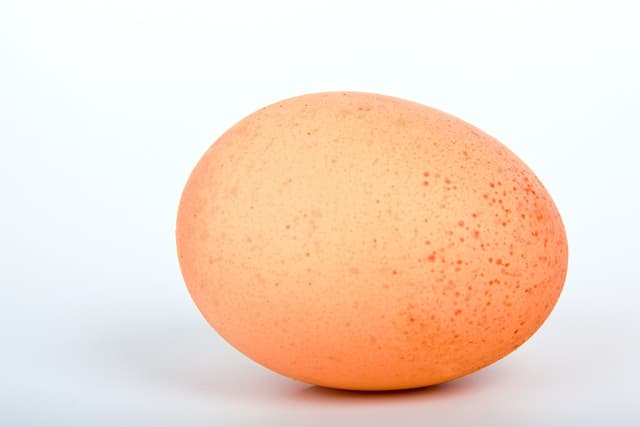Myths about teaching can hold you back
- Year 5
- Year 5
Insect life cycles
I can describe the stages in the life cycle of different insects.
These resources were made for remote use during the pandemic, not classroom teaching.
Switch to our new teaching resources now - designed by teachers and leading subject experts, and tested in classrooms.
Lesson details
Key learning points
- Insects are animals, they are living things that grow and reproduce
- The life cycles of different insects can be observed over time and/or researched
- The life cycle of an insect is commonly: egg, larva (young stage), pupa (inactive) and adult stage
- Many insects undergo the greatest changes of all animals, they undergo a complete metamorphosis
- Scientific diagrams are used to show the stages in an insect’s life cycle
Keywords
Insect - An insect is an invertebrate animal that has antennae, six legs and a body divided into segments.
Life cycle - A life cycle is the way in which a living thing changes as it ages.
Larva - Larva is the life cycle stage that some animals go through before metamorphosis into their next form.
Pupa - Inside a pupa, an insect changes from one form to another.
Metamorphosis - Metamorphosis is a major change from one form to another.
Common misconception
Pupils may think that the insect is dead inside the pupa, or that the pupa is not a living thing.
Using the lesson resources to support, explain that the insect is alive and changing inside the pupa, even if the pupa itself doesn't move.
To help you plan your year 5 science lesson on: Insect life cycles, download all teaching resources for free and adapt to suit your pupils' needs...
To help you plan your year 5 science lesson on: Insect life cycles, download all teaching resources for free and adapt to suit your pupils' needs.
The starter quiz will activate and check your pupils' prior knowledge, with versions available both with and without answers in PDF format.
We use learning cycles to break down learning into key concepts or ideas linked to the learning outcome. Each learning cycle features explanations with checks for understanding and practice tasks with feedback. All of this is found in our slide decks, ready for you to download and edit. The practice tasks are also available as printable worksheets and some lessons have additional materials with extra material you might need for teaching the lesson.
The assessment exit quiz will test your pupils' understanding of the key learning points.
Our video is a tool for planning, showing how other teachers might teach the lesson, offering helpful tips, modelled explanations and inspiration for your own delivery in the classroom. Plus, you can set it as homework or revision for pupils and keep their learning on track by sharing an online pupil version of this lesson.
Explore more key stage 2 science lessons from the Reproduction and life cycles: animals unit, dive into the full primary science curriculum, or learn more about lesson planning.

Equipment
Salt dough or similar (optional), access to the internet and/or texts about insect life cycles
Content guidance
- Risk assessment required - equipment
Supervision
Adult supervision required
Licence
Prior knowledge starter quiz
6 Questions
Q1.Insects are invertebrates. What does ‘invertebrate’ mean?
Q2.Which two of these animals are not insects?
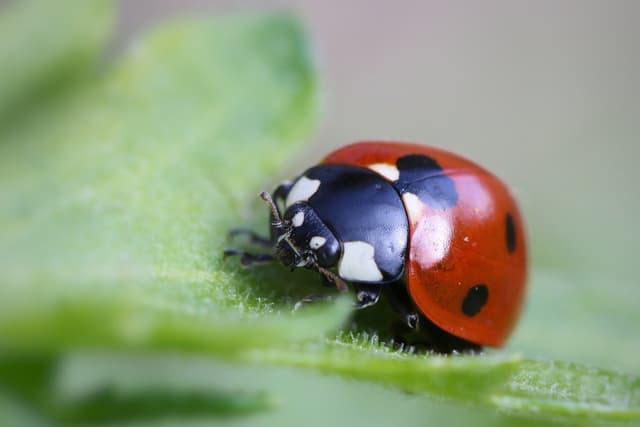
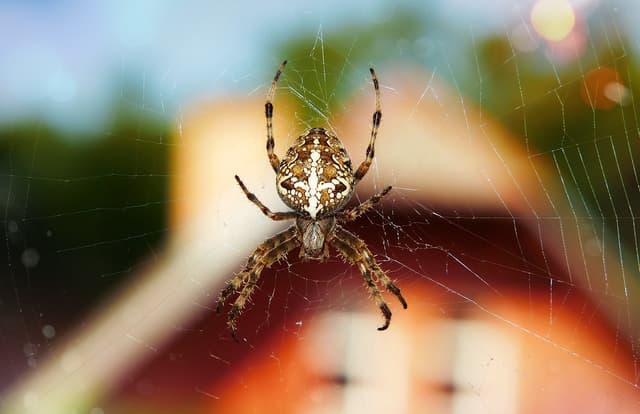
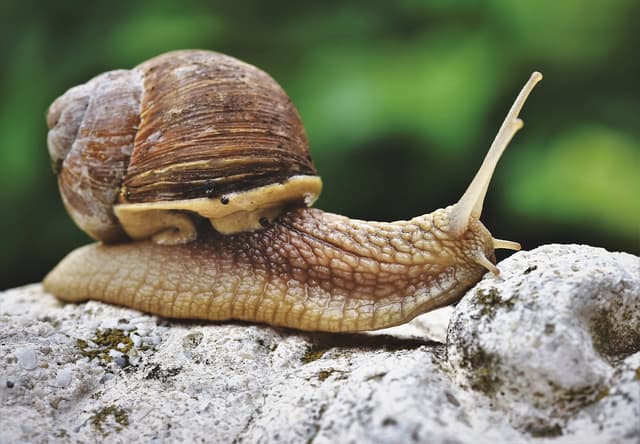
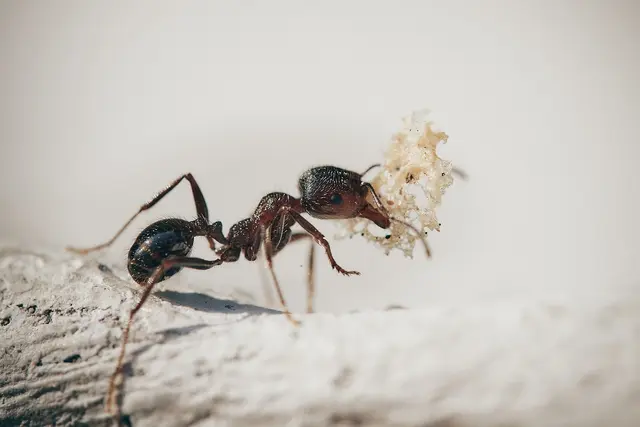
Q3.Which of these is not part of an insect’s segmented body?
Q4.What is the name for this object that has a developing animal inside?
